Cats have been cherished companions to humans for centuries, with various breeds exhibiting a wide range of personalities and behaviors. While some cats are naturally aloof and independent, others are known to be exceptionally friendly and sociable. Understanding why some cat breeds are more social than others involves exploring a combination of genetic factors, environmental influences, and human interaction. In this article, we’ll delve into the fascinating world of feline psychology and examine the reasons behind varying social behaviors among different cat breeds.
Genetic Predispositions
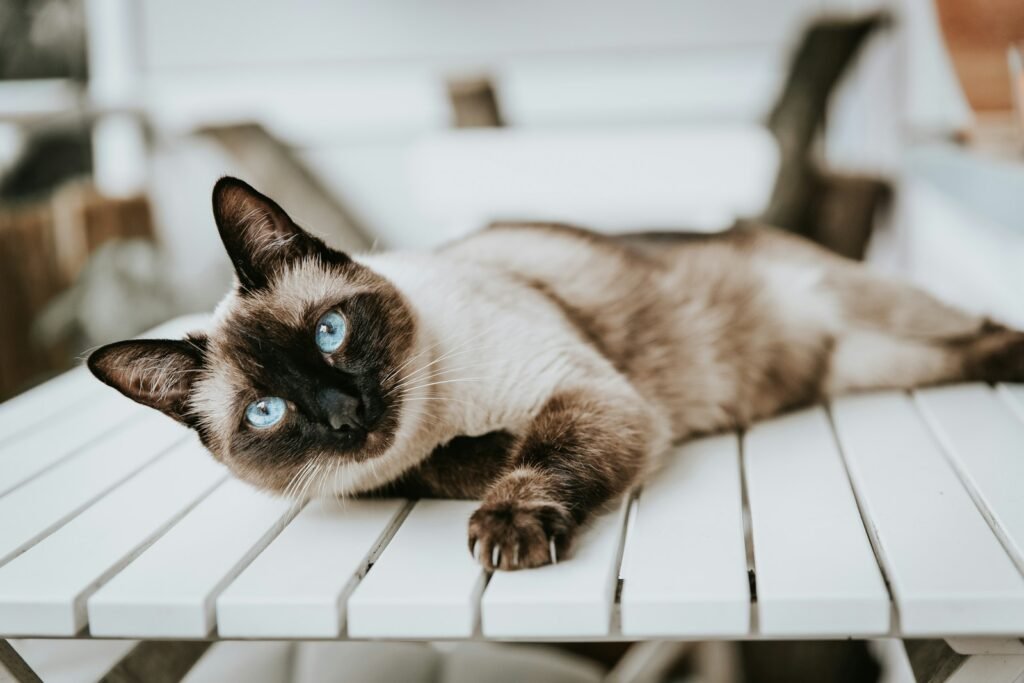
Genetics play a fundamental role in shaping the behavior and temperament of cats. Certain breeds have been selectively bred for specific traits, including sociability. Breeds like the Siamese, Ragdoll, and Maine Coon are known for their friendly nature, and this is largely due to their genetic makeup. Over generations, breeders have selected cats that exhibit more social behavior, thus reinforcing these traits within the breed.
Evolutionary Background
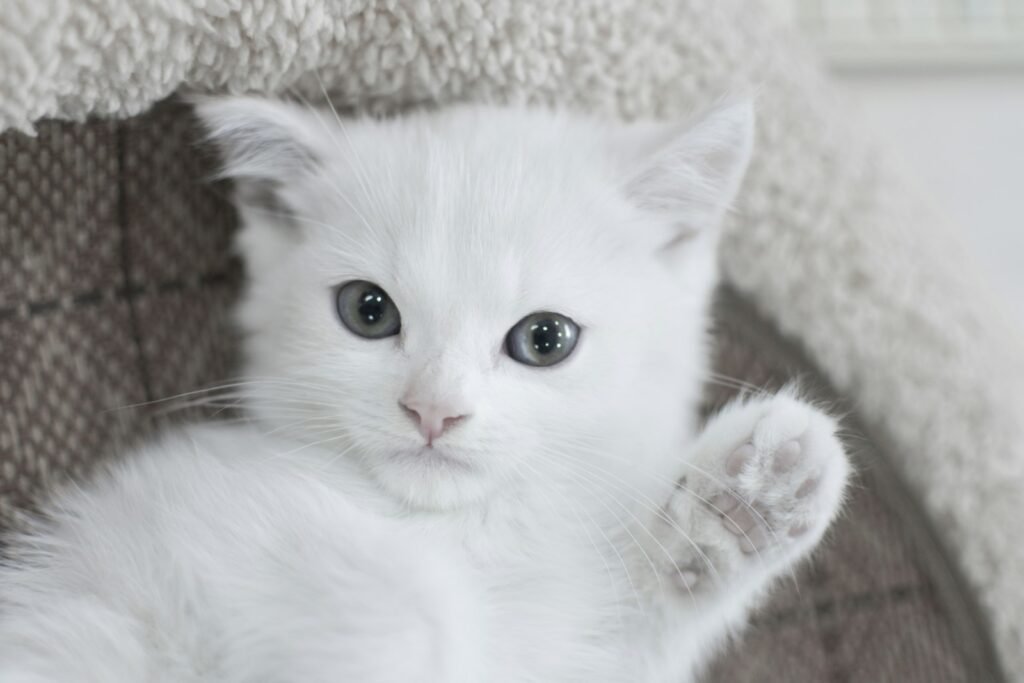
The evolutionary history of a breed can also influence its social behavior. Domestic cats originally descended from solitary wildcats, but over thousands of years, some have evolved to be more social, particularly those breeds closely associated with human settlements. These cats learned to adapt to social living conditions, which included interacting with both humans and other animals.
Socialization During the Early Stages
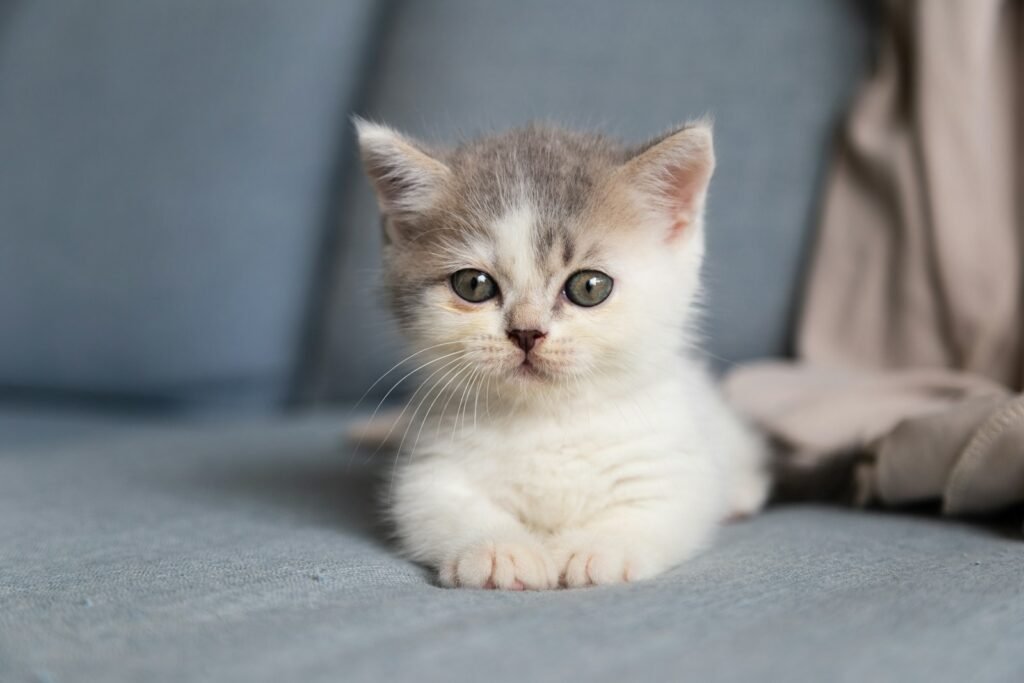
The period of early socialization in a kitten’s life is crucial in determining its level of sociability. Kittens that are exposed to humans, other animals, and varied environments between the ages of two to seven weeks are more likely to grow up to be friendly and well-adjusted adults. Breeds that are raised with a focus on early socialization tend to display more sociable traits.
Influence of Environment
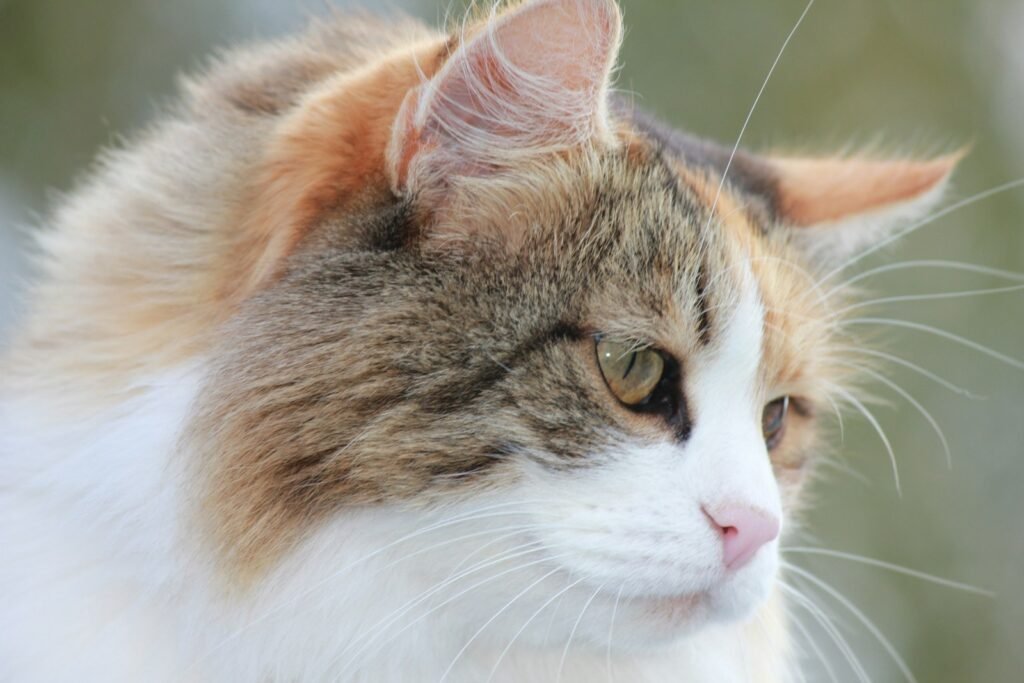
The environment in which a cat is raised can significantly affect its social behavior. Cats that are raised in loving, nurturing environments where they are regularly interacted with by humans are generally more social. Conversely, cats that do not receive sufficient human interaction may become shy or reclusive, regardless of their breed.
Human Interaction and Training
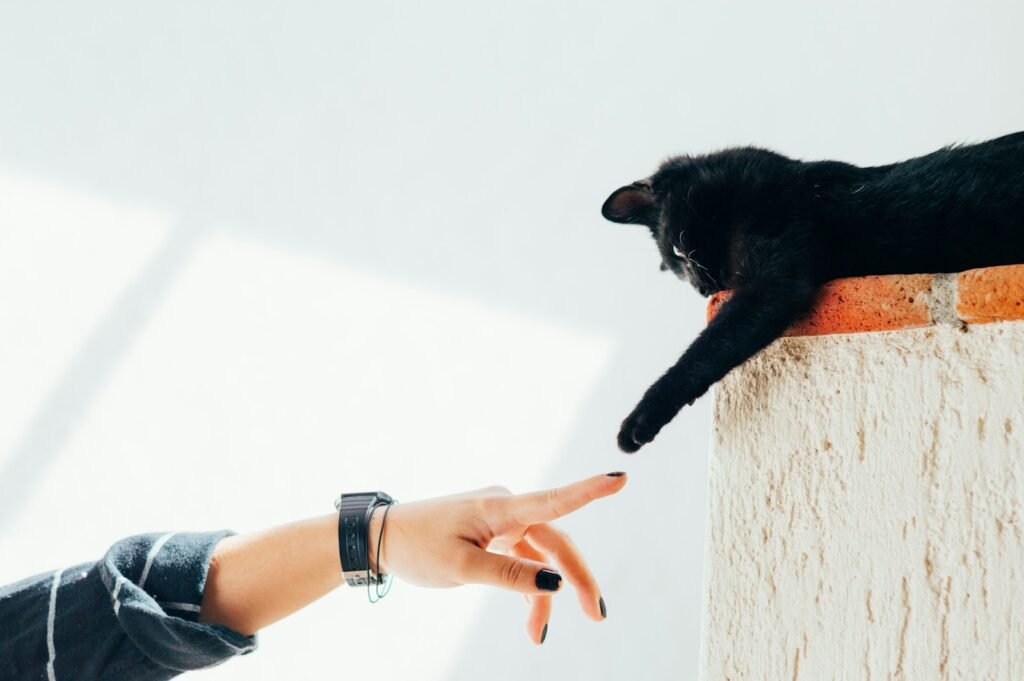
Regular and positive interaction with humans can enhance a cat’s sociability. Training and engaging with a cat using toys, treats, and play can help reinforce positive social behaviors. Social breeds often thrive on human attention and can become quite affectionate companions with the right amount of interaction.
Role of Hormones
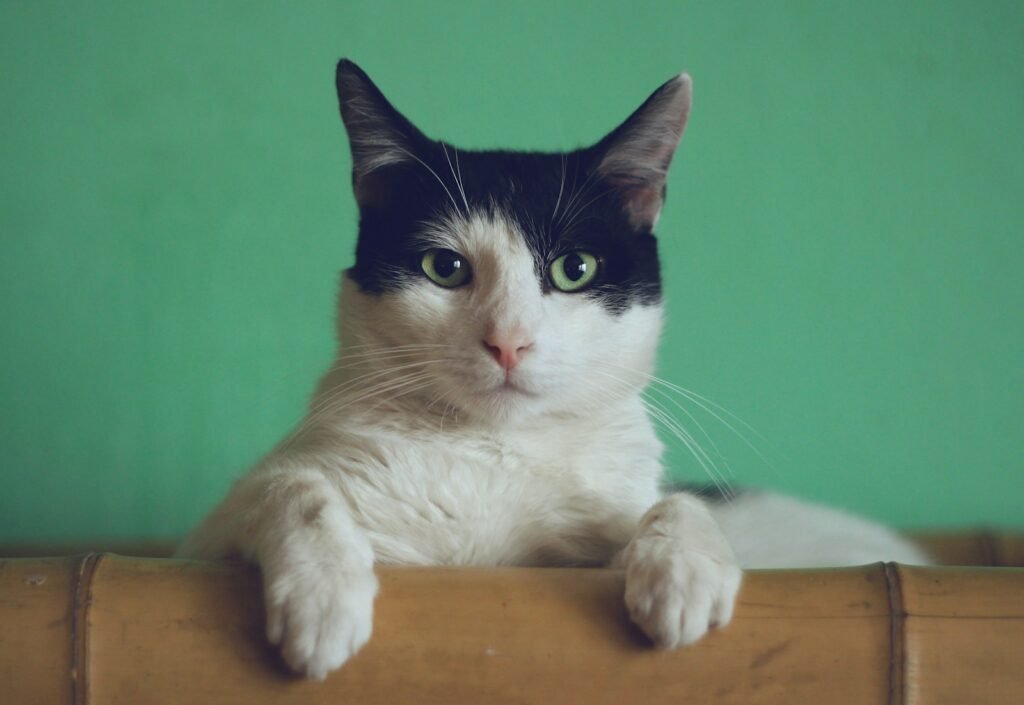
Hormones can also influence a cat’s sociability. For instance, neutering or spaying can reduce aggression and increase amiability in many cats. This hormonal shift can lead to increased social behaviors, making formerly aloof cats more approachable and friendly.
The Impact of Health and Well-being
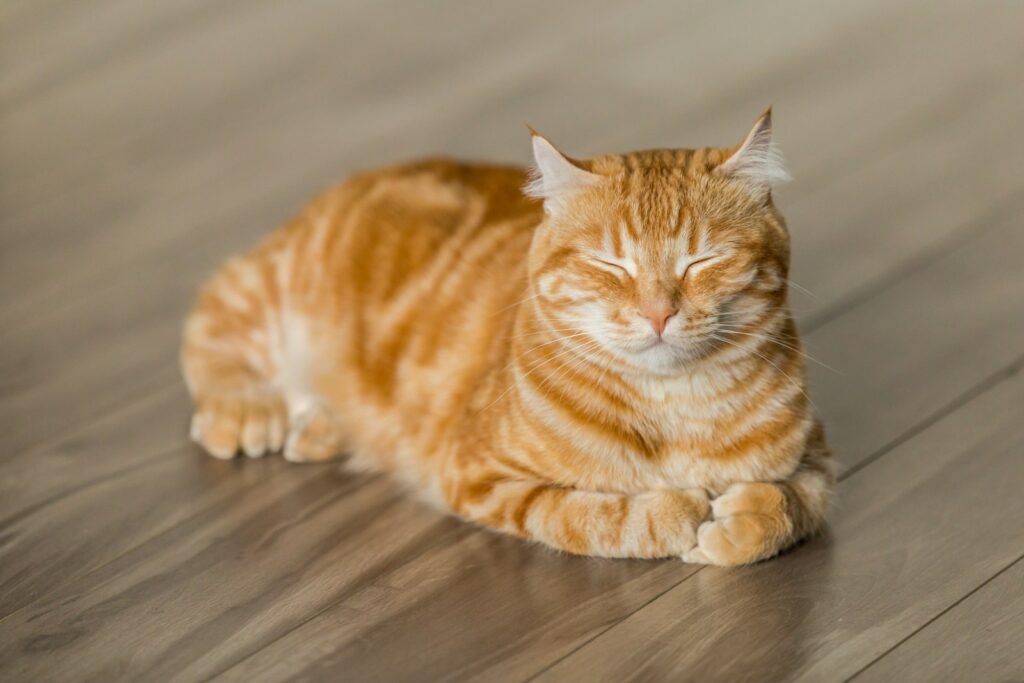
A cat’s health can have a substantial impact on its behavior. Cats that are healthy are more likely to exhibit social behaviors. Pain, illness, or discomfort can make cats withdrawn or irritable. Ensuring a cat’s well-being through regular veterinary care, a balanced diet, and a stimulating environment can encourage social interactions.
Comparing Sociable Breeds
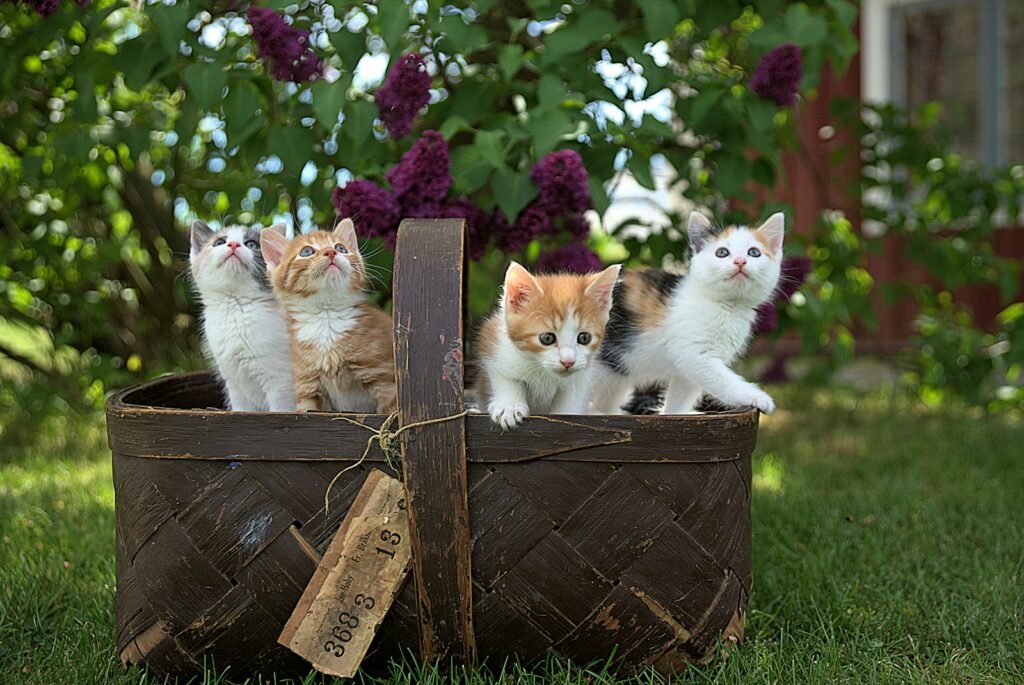
Some breeds are renowned for their sociability. The Ragdoll is known for its laid-back and affectionate nature, often seeking out human company. The Burmese is another breed that loves interaction and is known for its playful and curious personality. Comparing these breeds provides insights into the genetic and environmental factors that contribute to varying degrees of sociability.
Conclusion
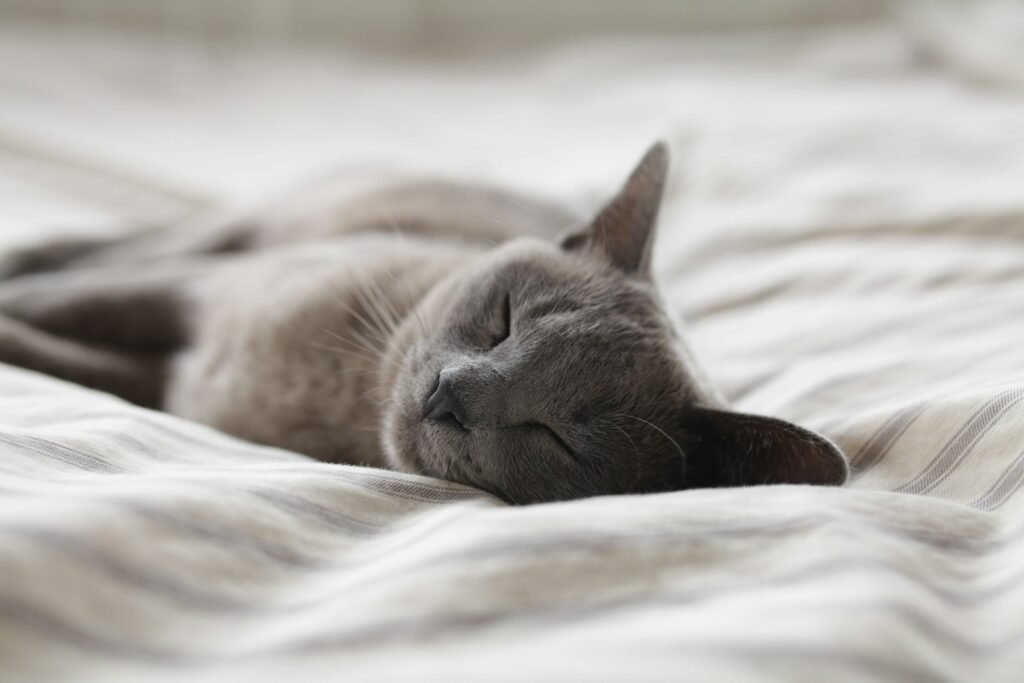
Understanding why some cat breeds are more social than others involves a blend of genetics, early socialization, environmental factors, and human interaction. By exploring these elements, we can better comprehend the complexity of feline behavior and appreciate the unique personalities of different breeds. Whether you have a cuddly Maine Coon or a reserved Russian Blue, recognizing the influences on sociability can enhance your relationship with your furry friend and help ensure a happy, harmonious household.

Growing up traveling and experiencing new cultures and wonders, I have had a passion for nature, adventuring, photography, and videography. I am currently working towards a BSc in Biodiversity and Ecology at Stellenbosch University, and I hope to specialise in Marine Sciences one day.
Please send any feedback to Feedback@animalsaroundtheglobe.com






